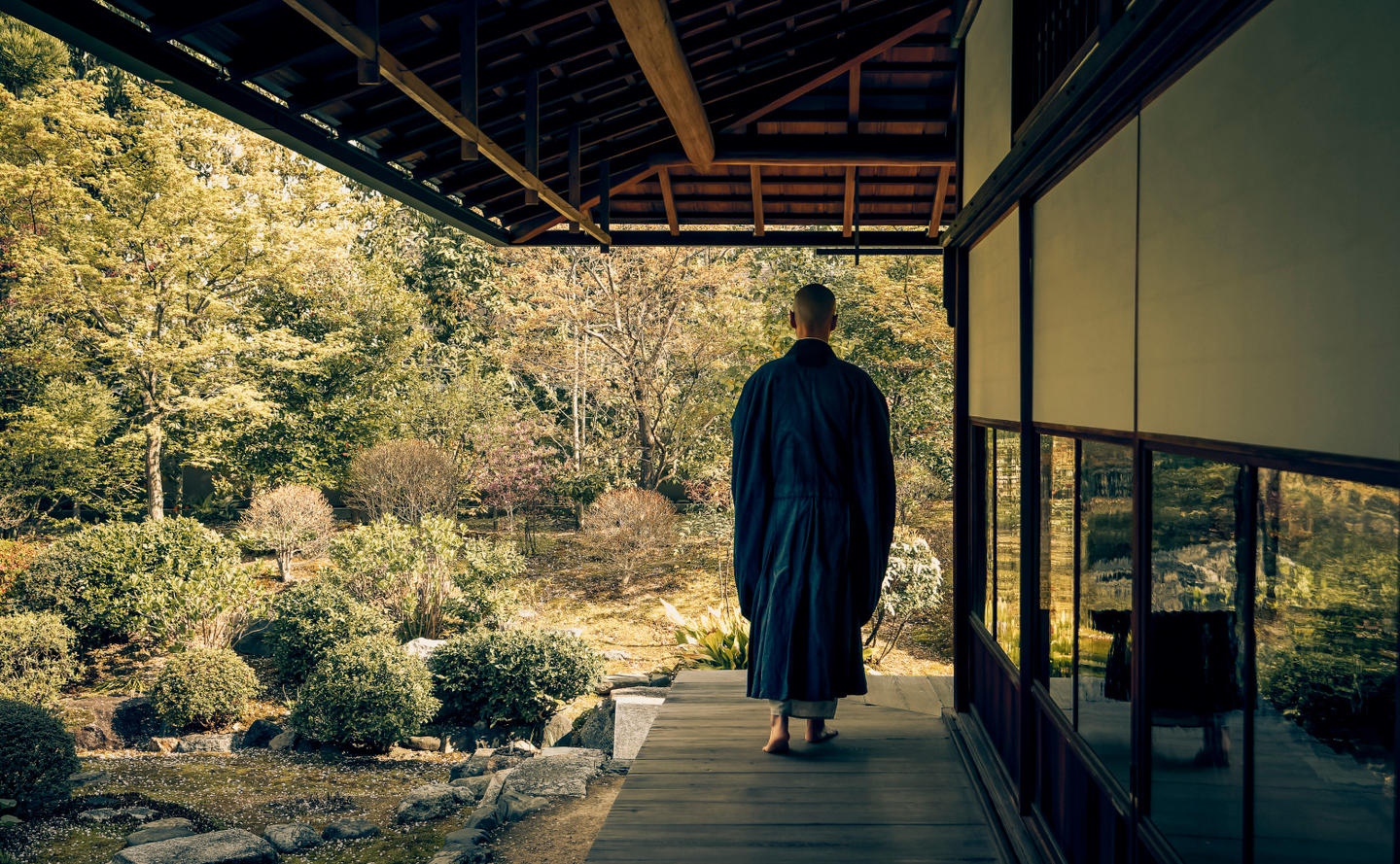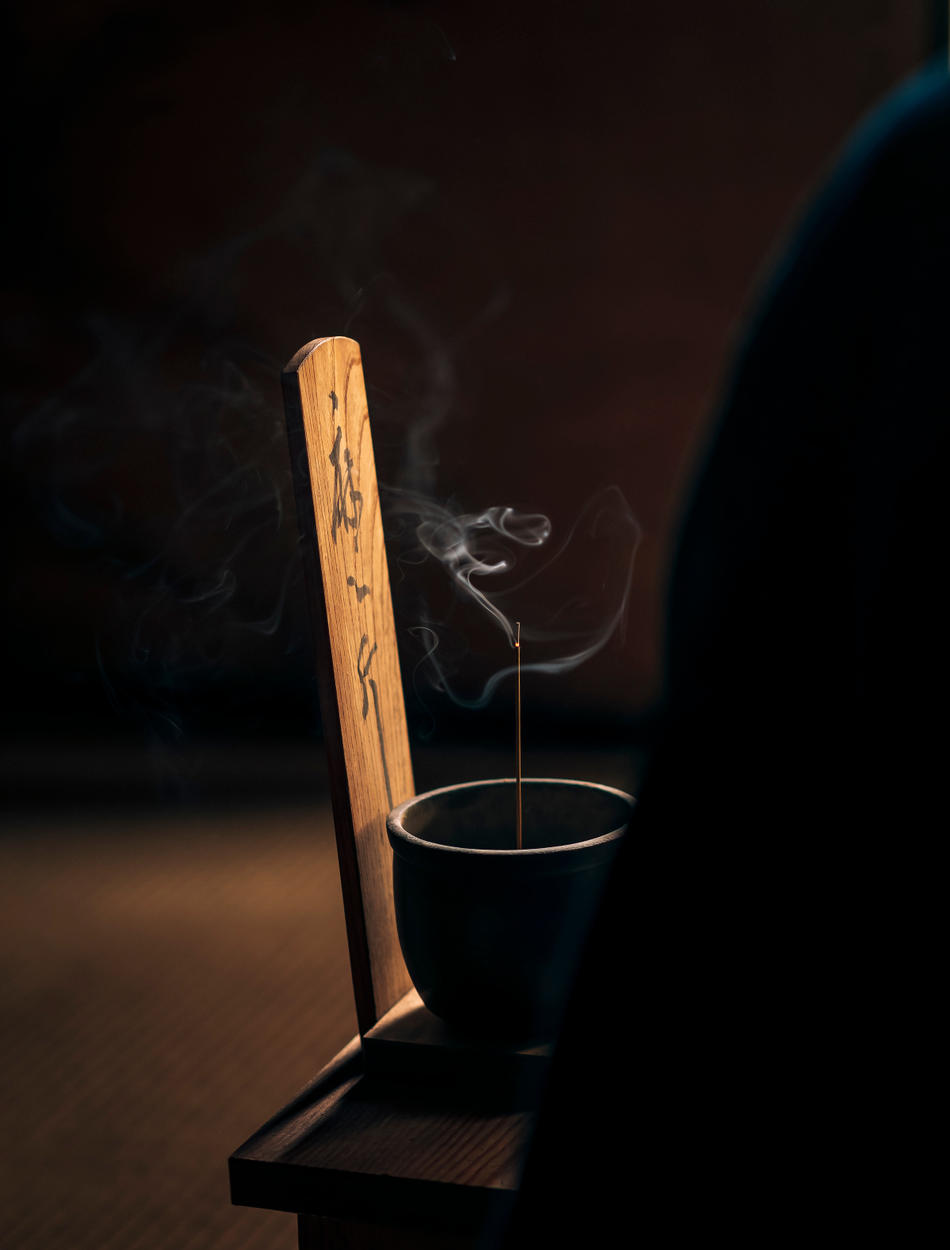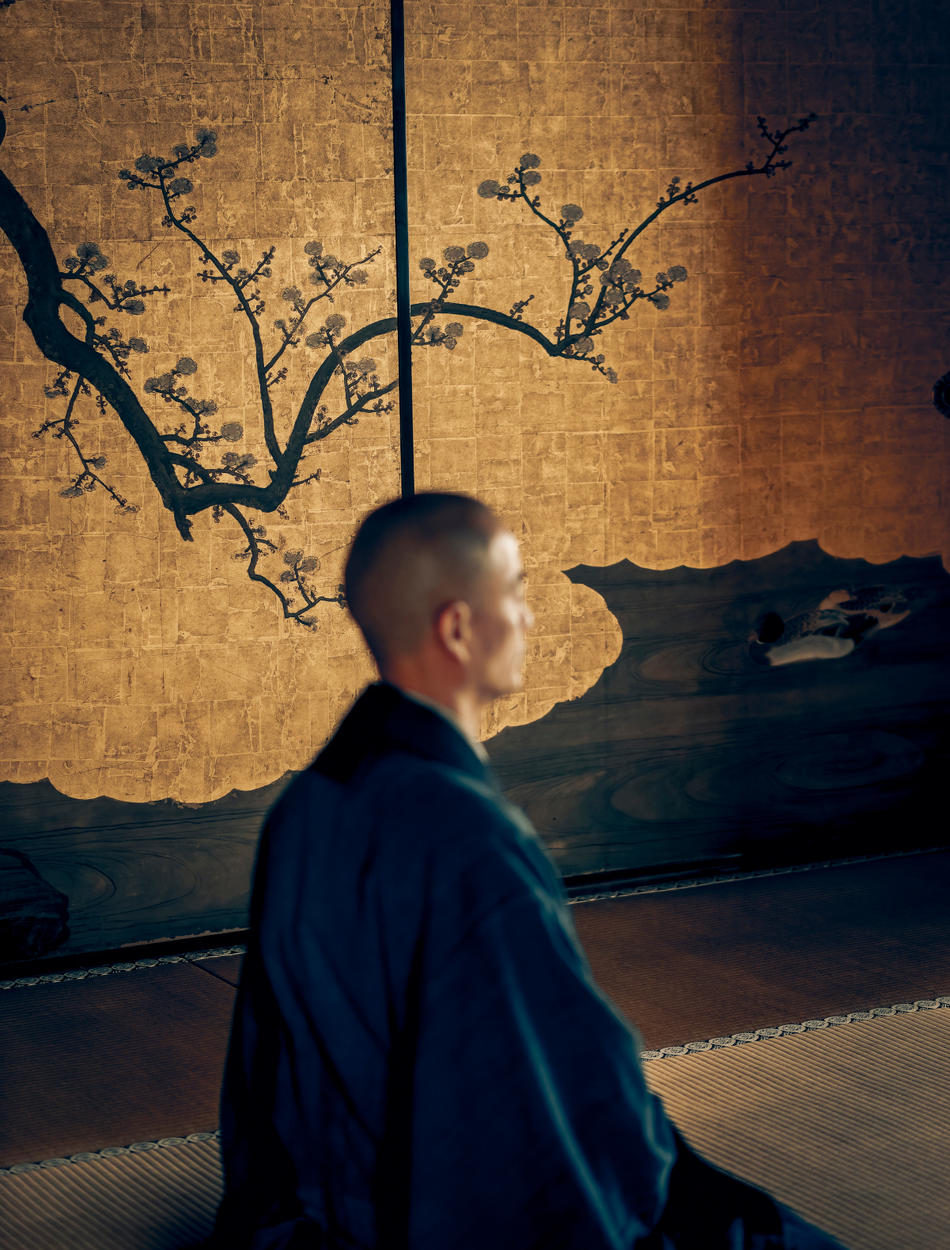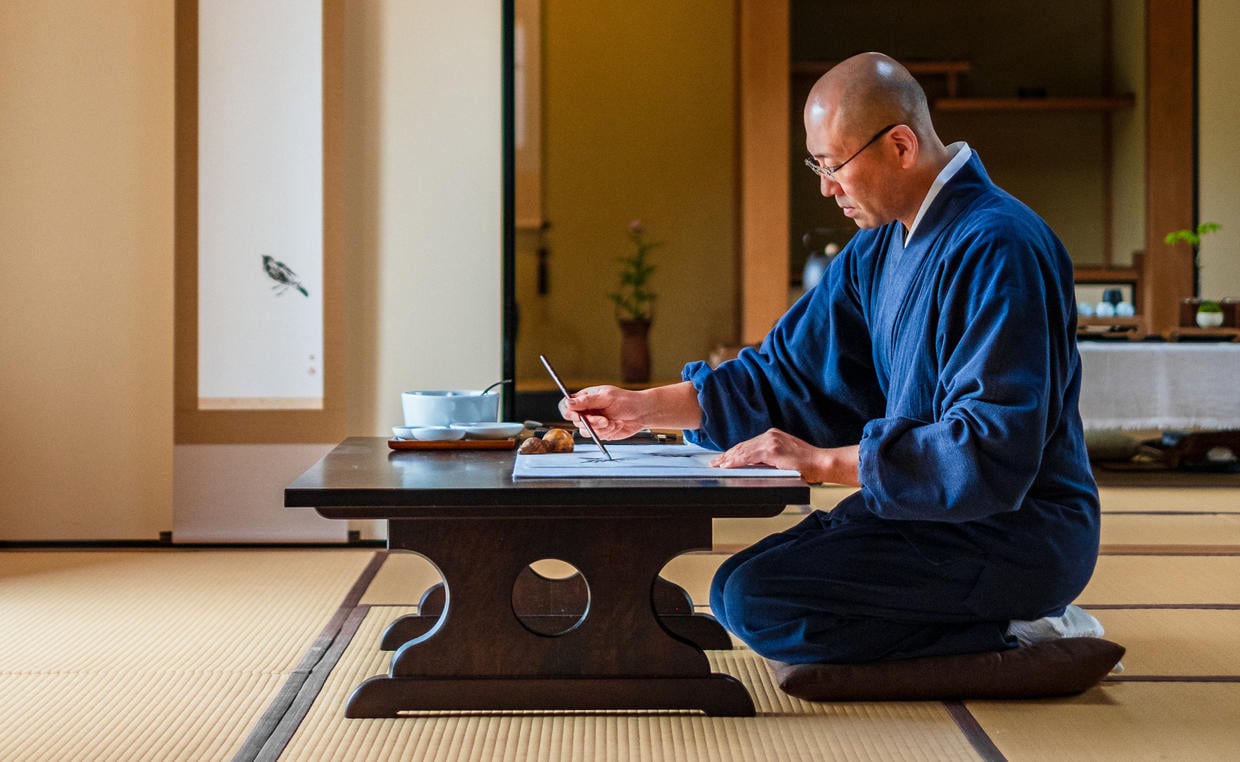Journeys Await
As the New Year approaches, Aman destinations across the globe await discovery.

Whether exploring Kamigamo, one of the oldest Shinto shrines in Japan, the incredible dry gardens of Ryoan-ji Temple or glittering Kinkaku-ji, Aman Kyoto offers to arrange a guide tour to the most culturally prominent sites in Kyoto for the most meaningful and memorable experiences possible.


Within walking distance of Aman Kyoto, this remarkable Zen Buddhist temple is covered in gold leaf and set alongside a serene lake and garden. It is one of Japan’s most popular UNESCO World Heritage Sites, with a fascinating history dating back to 1397.
Renowned for its exquisite garden and maple trees, Koetsu-ji is dedicated to Honami Koetsu, master calligrapher, ceramic artist and founder of the Rinpa School of painting. Originally a mausoleum for the Honami family, it was converted to a Nichiren Temple in 1656.
Genko-an Temple is well known for its two ‘windows of realisation’, one round and one square, and for having the best views in Kyoto. A small Zen Buddhist temple, it is also known for its ceiling, which is crafted from wood reclaimed from Fushimi Castle in the 16th century.

Known as sumi-e in Japanese, ink painting is one of the oriental painting methods established in the Tang dynasty in China and was introduced to Japan by Zen Buddhist monks during the Kamakura period. To familiarise oneself with this unique aspect of Japanese culture, this experience, exclusive to Aman Kyoto, invites guests to enjoy an ink painting lesson surrounded by the silence of a private temple.
Using only black ink and water, guests will learn to express ‘five colours’, through techniques such as shading and blurring. Instructed by a temple priest, with each movement of the brush varying textures are communicated and in turn the mind is left feeling peaceful and refreshed. Following the session, a discussion of the art form can be enjoyed over a revitalising cup of Chinese tea.
Shojin cuisine is prepared according to the Buddhist precepts as part of the monk's training. No meat or fish is used, and the broth is made from kombu (kelp) and shiitake mushrooms so as not to kill the living creatures. You should also avoid foods with a strong aroma called gokun, such as green onions and garlic, as they are less irritating. In recent years, the idea of ``Ichibutsu Zentai'' has been reassessed, which means that eating vegetables while appreciating the blessings of nature and the creators without wasting the skins and leaves of vegetables will lead to physical and mental health. We will prepare a special cooking experience for guests staying at Aman Kyoto to prepare Shojin cuisine and enjoy it with care.